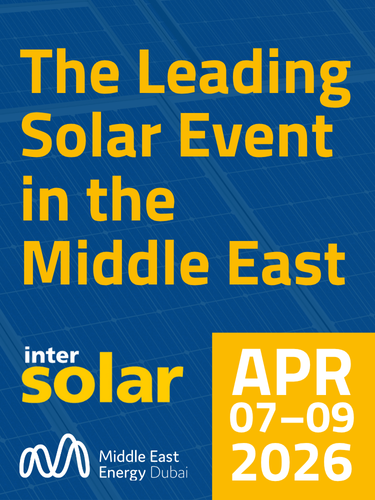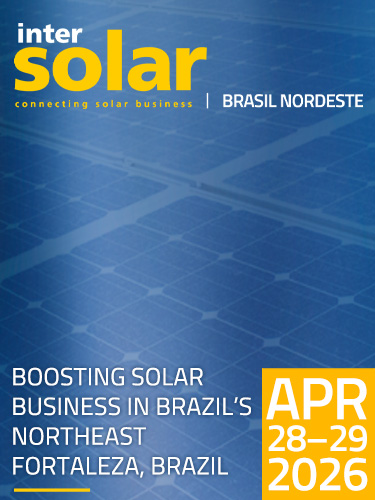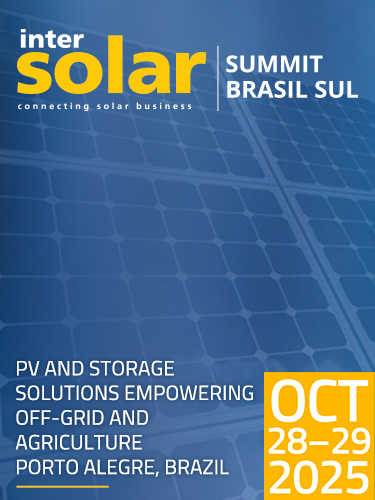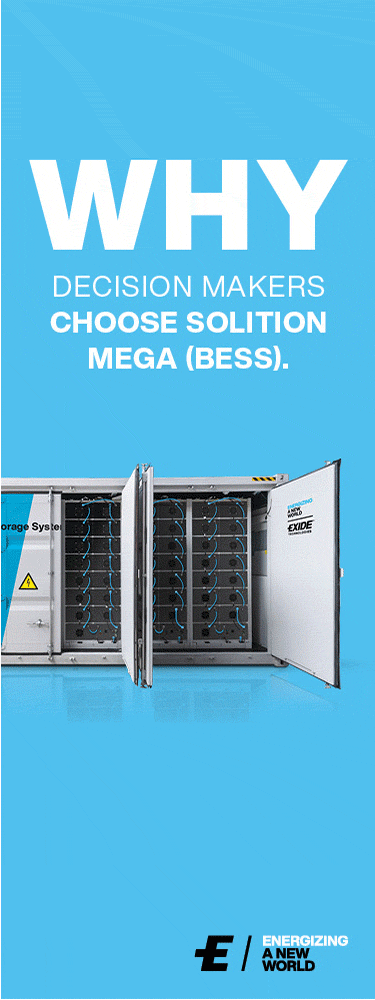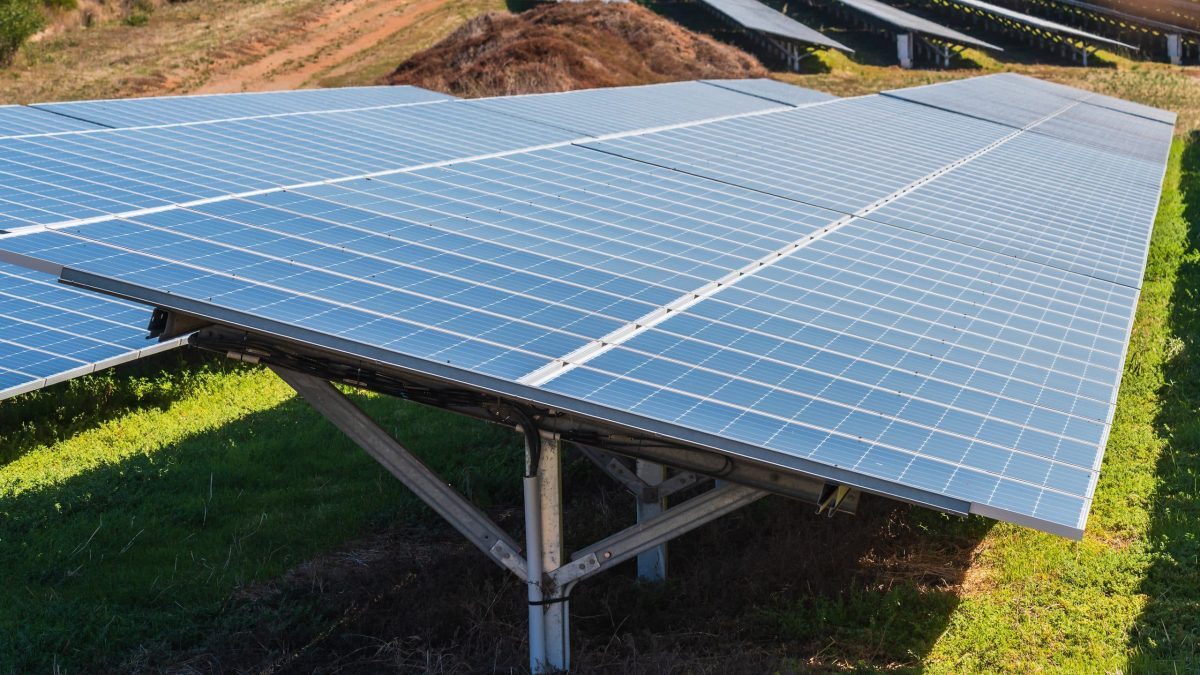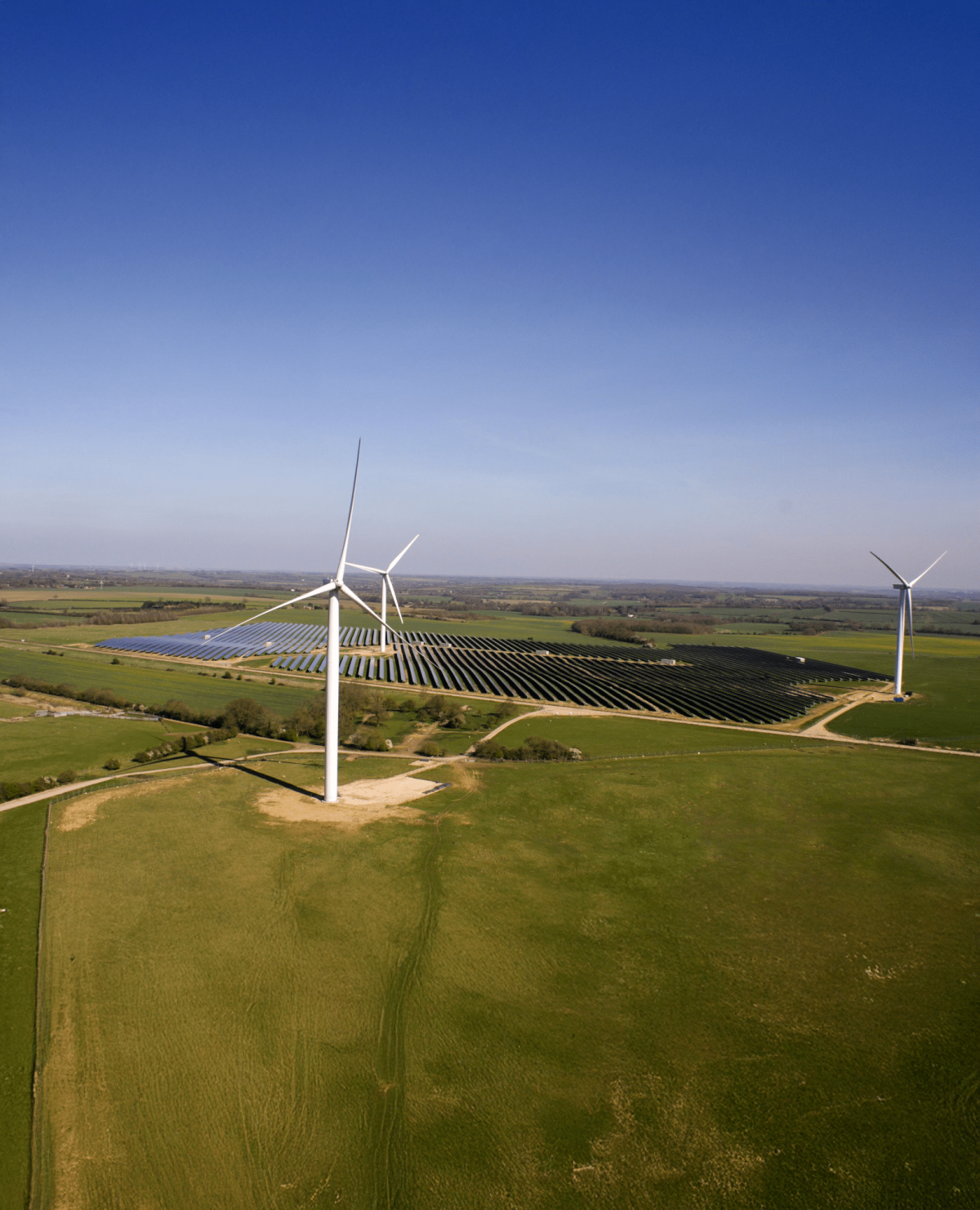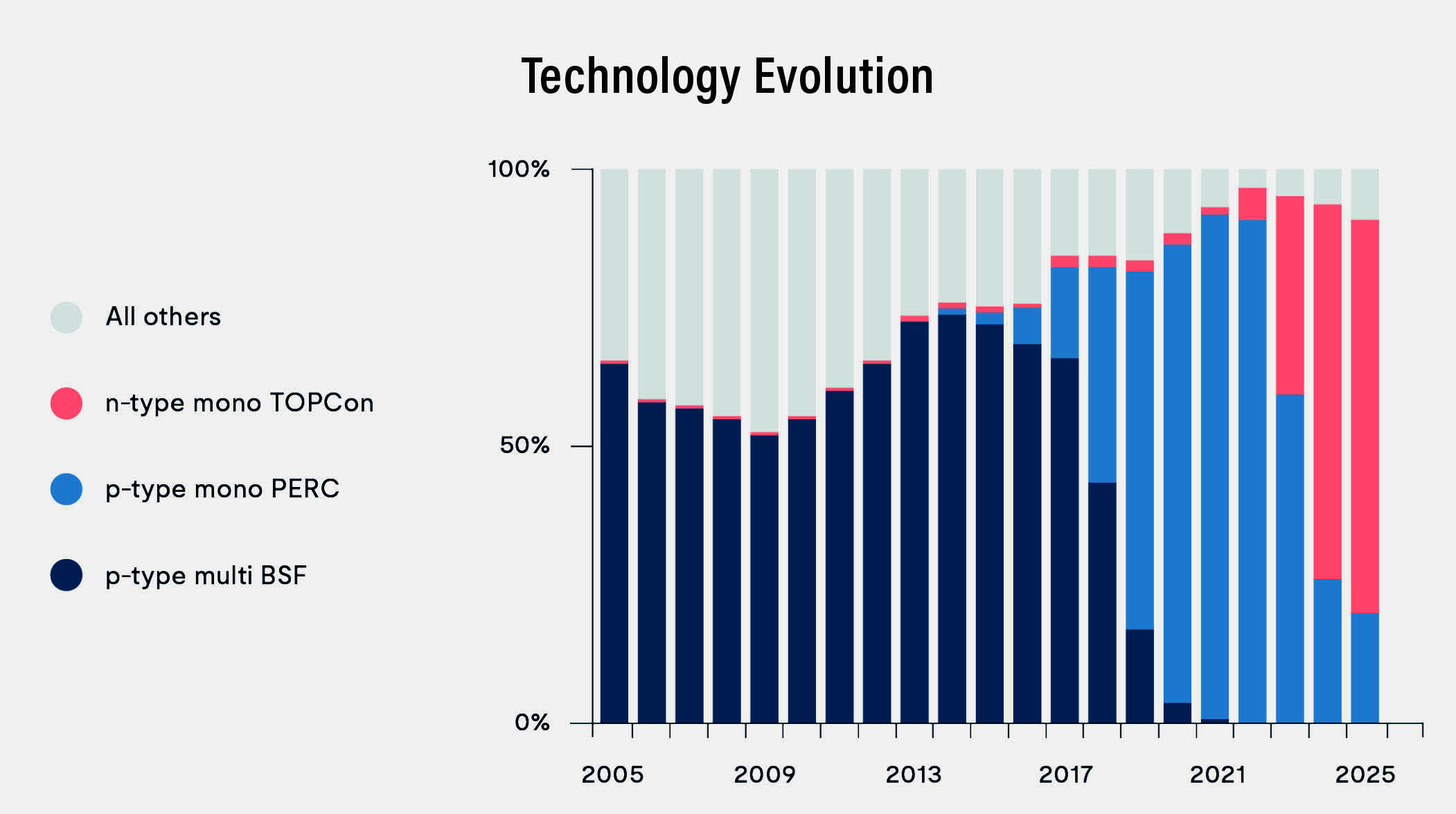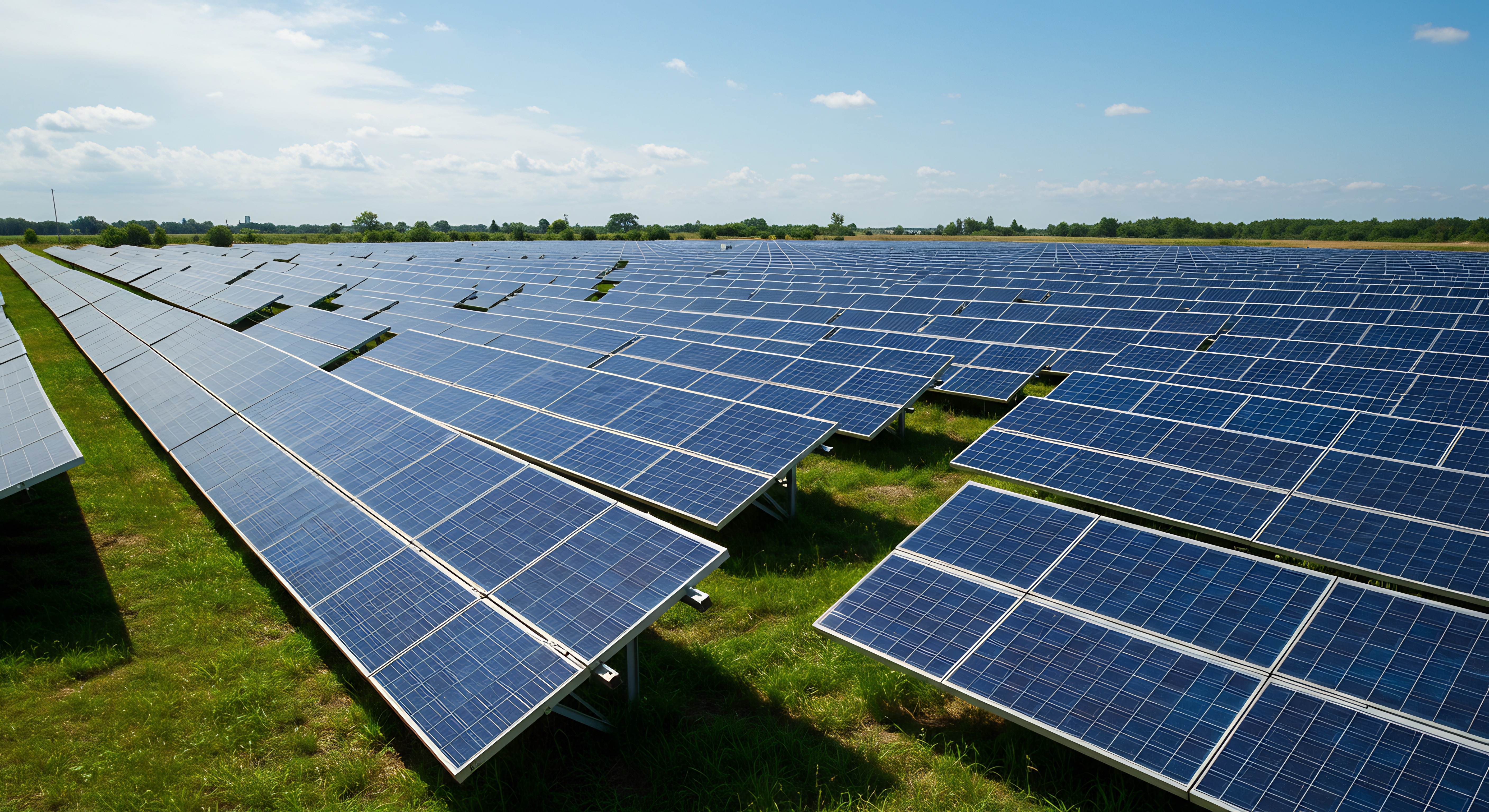Exclusive Articles
Microgrids: decentralized solutions for stable grids
Published in: Solar, Talking Point, Exclusive Articles
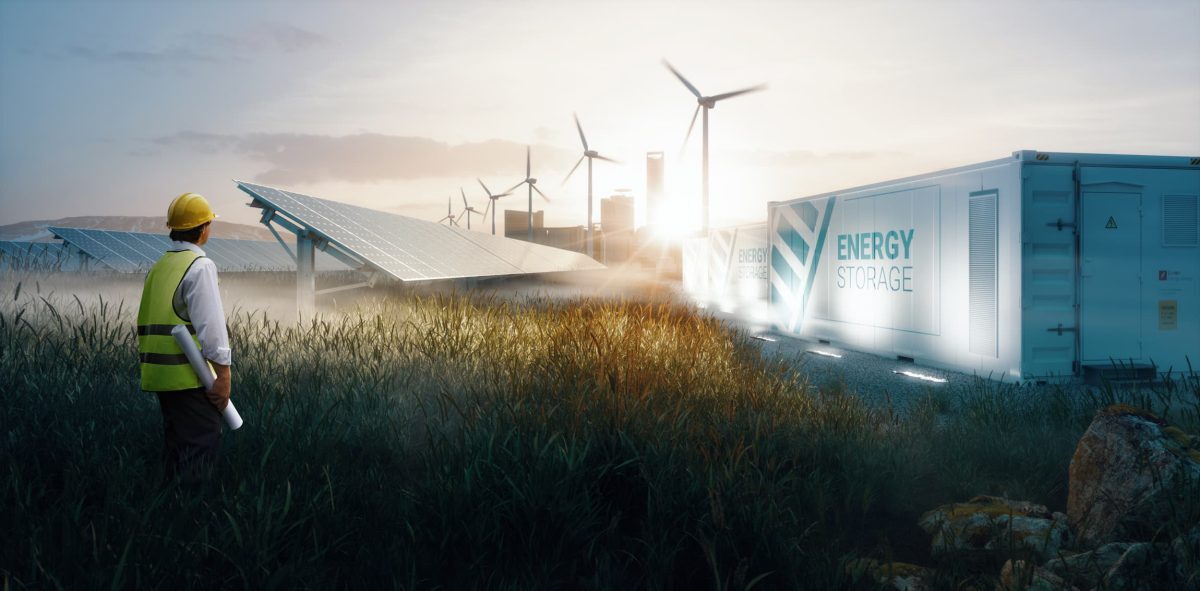
The rising proportion of electricity generated from renewable energy sources presents major challenges for existing power grids. Power generated from renewables is subject to fluctuations and its availability does not always align with demand. This poses potential load problems for the existing grid. Against this backdrop, the energy supply structure is increasingly evolving from a centralized, unidirectional system to a decentralized and bidirectional one. Decentralized grid topologies such as microgrids have a significant part to play in this evolution.
Microgrids are small, local power grids. Renewable energy sources such as solar modules, wind turbines and small hydroelectric plants can be integrated into them, as can traditional drive technologies such as diesel engines or gas powered generators. In standalone mode, microgrids ensure the power supply independently of the main power grid. In grid connected mode, they share and support resources synchronously with the existing system.
Structure and components
The structure of microgrids can take a wide range of forms and is dictated by the application and location. They typically consist of multiple components such as electricity generators, a distribution grid, loads and in some cases also energy storage systems.
Microgrids feature dedicated management of the generators and loads and therefore require only one external interface, which greatly simplifies grid tasks. Closely interlinked automation components are therefore added at the technical level to optimize the power flow and reduce malfunctions to a minimum.
To read the full content, please download the PDF below.
Download full article